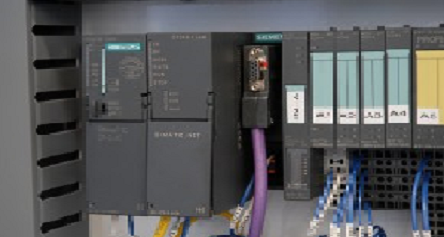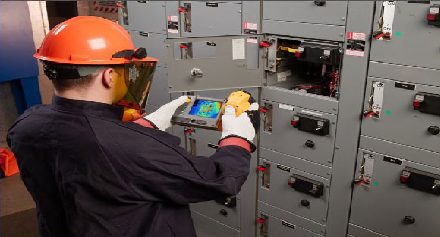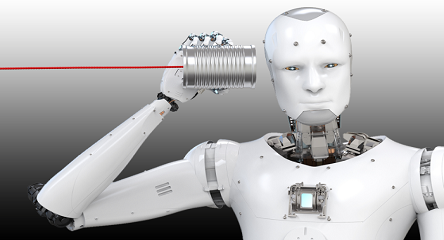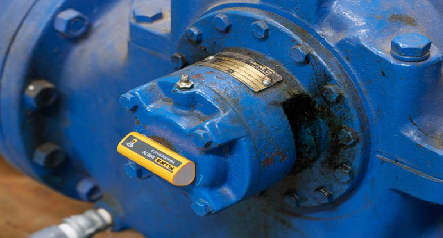Case Studies and Stories
How Condition-Based Monitoring (CbM) Technology Makes Desalination More Energy Efficient
What if we could drink from the ocean? The implications for agriculture, sustainability and global quality of life would be staggering, but so would the demands for energy. Desalinization technology is power hungry, and implementation often comes at a high cost of time and resources.
Any efficiency improvements to the technology would be big news. Now, with the development of the ADI OtoSense™ platform, it suddenly feels like we have finally put the opportunity for efficiency gains within reach.
OtoSense is a Condition-based Monitoring (CbM) technology platform built to continuously and accurately sense and monitor asset health for machines and other types of important equipment. It accumulates data about machine conditions with more speed and accuracy than any other sensing platform. The data is fed through AI software to detect, predict and prevent possible events improving uptime and quality while reducing maintenance and downtime costs. It’s a uniquely powerful tool— one we designed to for a wide variety of possible applications.

According to a report by the Global Water Institute in October, 2019, approximately 1% of the world’s population depends on desalinated water to meet its daily needs, but the number is expected to grow up to 14% by 2025. As more countries are impacted by severe drought as a result of climate change, desalination will become more and more of a necessity. To meet the demand for desalination technology, ease of implementation, reliability, and energy efficiency must be improved. CbM can help bring that to bear. As an example, Otosense is being used in post-production desalination pump tests to ensure the health and reliability of this important system.
Using Otosense, the energy-consuming tests run 23% faster and require much less energy. In the future, these tests may run up to 50% faster.
Using less energy to provide affordable access to fresh drinking water is just one example of Condition-based Monitoring’s potential impact on electrical consumption. Fifty percent of global electricity is used to power an electric motor of some kind. Applying CbM technology to ensure machines are running at peak efficiency could help reduce global carbon emissions by up to 15% across industries including energy, manufacturing, agriculture, and transportation—a reduction that equates to one-third of the 50% reduction in greenhouse gas emissions required by 2030.
Higher productivity, improved quality, lower maintenance, and reduced energy consumption all contribute to overall cost efficiency. That means that this monitoring of asset health can potentially turn previously cost-prohibitive business models into viable ones. But likely the more globally impactful story is the opportunity for CbM technology to slow and help reverse climate change. Analog Devices is partnering with the world’s leading companies to not only develop groundbreaking technology, but to invent breakthroughs that improve both human life and planet health.
To find out more, you can read the complete case study here.






